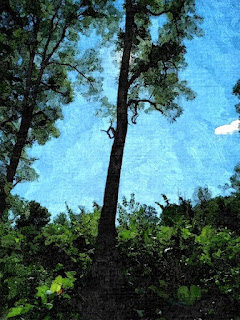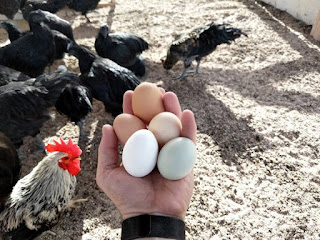Cloning a Woolly Mammoth

Weird dreams causing fatigue, work pressure, and other things made me want to just be alone. My reading by lantern light was interrupted by the sound of a buckboard approaching. I inwardly groaned, but was pleasantly surprised to see Stevia Dolce, the baker from the Darwin Ranch. She brought croissants. Those and her pleasant demeanor put aside my gloom. Stevia heard Dewey Lye and others at the ranch talking about efforts to clone a woolly mammoth and was intensely curious. Yes, there is talk about that among certain scientists. Mammoth sculpture image cropped from Pixabay / hansbenn Using a passel of deep time and evolutionary presuppositions, scientists think that humans killed off the Ice Age animals in Siberia. They brought in several cold-weather critters to deal with the wetland, but it only got worse. Cloning a mammoth (well, a hybrid with an existing elephant's DNA and the mammoth DNA) should solve the problem. Not hardly! Using a biblical creation science Ice Age model wo...
.jpg)


.jpg)

,%20Wikimedia%20Commons%20%20Zubro%20(CC%20BY-SA%203.0).jpg)
.jpg)




,%20RGBStock%20%20Manoel%20Silva.jpg)


.jpg)


